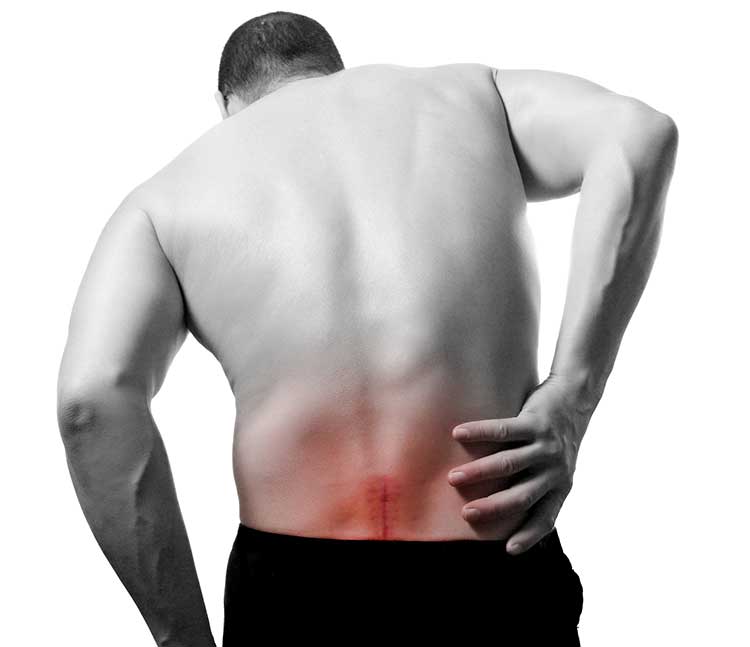
Don’t let back or neck pain distract you from life or prevent you from fully living.
Nearly 90 percent of Americans report some type of back and/or neck pain at some point. If the discomfort becomes chronic (lasting 3-6 months or more), it can impact all aspects of life.
- Treatment options can range from home remedies to minimally invasive spine surgery
- For most individuals with chronic back and neck pain, effective symptom management often includes a combination of treatments
Hot/Cold Therapy
The application of heat or ice soothes inflamed muscles and increases circulation in the affected area. Temperature-based therapy may be effective for pain flare-ups that sometimes occur between doses of medication. Some patients experience better results when alternating heat and cold applications.
Medications
Pain relievers for chronic back and neck pain are available as oral pain meds in liquid or pill form or as topical pain medications (applied on top of the skin). Non-steroidal anti-inflammatory drugs (NSAIDs) like aspirin and ibuprofen work by easing soft tissue irritation. Narcotic pain medications and muscle relaxants are only meant for short-term use due to possible issues with addiction.


Physical Therapy
Physical therapy for chronic back and neck pain can be active, passive, or resistive in nature. Exercise in the form of core muscle strengthening, gentle stretching, or water-based activities is meant to improve flexibility and restore range of motion to affected parts of the back or neck. Passive forms of PT (done to the patient) may include:
- Massage therapy
- Chiropractic adjustments
- Transcutaneous electrical nerve stimulation (TENS) units and other forms of electrotherapy
- Epidural injections
Behavioral Modification
In addition to avoiding likely pain triggers, behavioral modification sometimes involves cognitive therapy and the use of relaxation techniques to ease the stress that can make chronic pain worse. Patients learn to control basic functions such as heart rate, blood pressure, and muscle tension with biofeedback.
Minimally Invasive Surgery
Surgery becomes an option if there is a pressing medical urgency (life-threatening symptoms) or when conservative (non-surgical) treatments aren’t providing sufficient relief. Arthroscopic surgery involving the use of special instruments and a camera attached to a tube is an increasingly common method used to explore affected parts of the lower back and cervical spine (neck) or perform certain surgical procedures.
Some long-established surgical procedures for chronic back and neck pain, such as discectomies (removal of herniated disc material) and fusions, can be performed using less-invasive techniques. Surgery may also involve the implantation of a spinal cord stimulator (SCS) to allow patients to self-manage radiating pain felt in arms, shoulders, or legs.
Lifestyle Changes
Making productive lifestyle changes can also have a noticeable impact on chronic pain symptoms. Patients may be encouraged to get regular exercise and adopt a diet that includes lean proteins, vitamin-rich green, leafy vegetables, and fatty fish like tuna and salmon. Additional lifestyle adjustments may include:
- Being mindful of posture
- Sticking to a steady sleep schedule
- Avoiding long periods sitting in the same position
Receiving an accurate diagnosis can result in a better focus with chronic back and neck pain treatments. Be honest with your doctor about what you’re experiencing and how you’re responding to treatment attempts. When exploring treatment options, have realistic expectations of results you hope to achieve. Because of the way chronic pain affects nerves, bones, joints, and soft tissues, it’s not always possible to experience complete relief. Even so, a point may be reached where pain is manageable.


